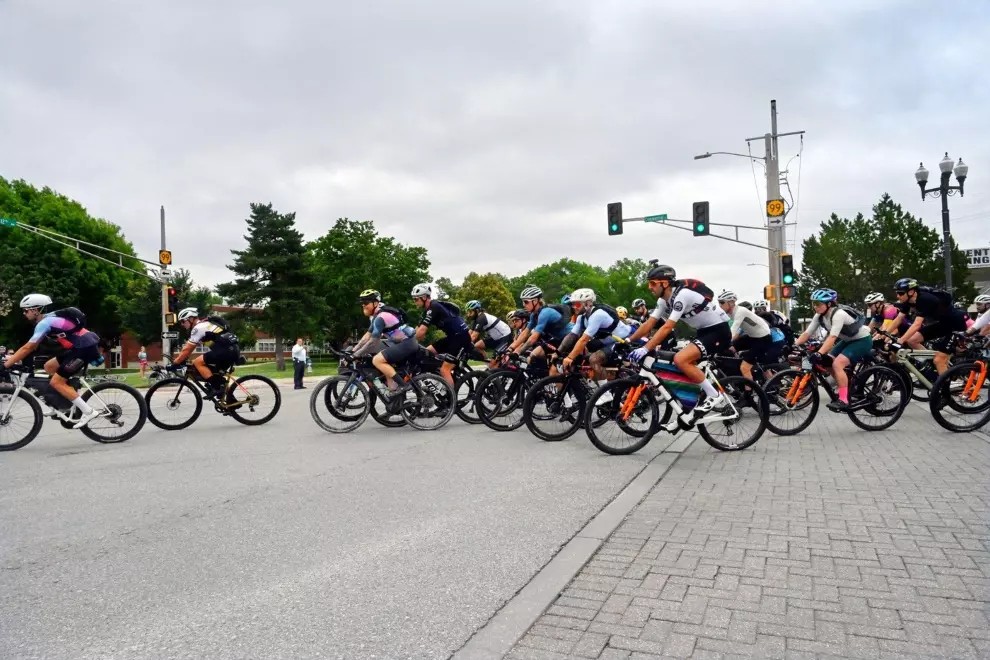A trail bike is where you can certainly spend or save the most money. For example, I ended up spending nearly twice as much as my original budget on the bike. I want you to take it as a cautionary tale. I love my new bike, but to be honest, I’m definitely over-biked considering my current skill level. There are some components that I’m really glad I paid extra for but some that I honestly could have gone without. So, here are a few places where I think you could save money.
Full suspension
A lot of what makes a bike trail-worthy comes down to tyres and frame geometry. There are some really competent hard-tail trail bikes out there. The rear suspension is definitely nice, especially if you get into high speeds on very rough terrain. But if you’re just starting out like me, you can enjoy a hard-tail trail bike for a long, long time before it becomes the limiting factor.
Carbon frame and wheels
Coming from a road bike, a carbon frame seemed like a no-brainer. It’s so much lighter and stiffer. The thing is, out on the trails, these things are not as important. Sure, a carbon bike will climb marginally better but that’s not what I’m after when chasing trail and enjoying the calming forest.
Aluminium frames perform excellently, aren’t even that much heavier, and are durable enough for trail riding. Also, alloy wheels are much better at withstanding impacts, making them more durable. The slightly lower stiffness may actually be an advantage on rougher terrain. It’s a similar story for other ultra-light carbon components. You spend a lot more money on them for minimal gains when it comes to trail riding—something you don’t need when starting out.
What you should consider even on a budget
OK, so if you’re getting a hard-tail aluminium trail bike, is there anything you should spend extra money on? For me, these two things are well worth it.
Tubeless tyres – Make sure the trail bike you’re buying has rims that are tubeless-ready and make the switch. You’ll basically never have a puncture again and you’ll be able to run much lower tyre pressure, which improves comfort and traction on the trails.
Dropper post – If your routes frequently alternate between flat bits, downhills, and climbs, you will instantly appreciate the magic of being able to drop your seat with one click. This instantly felt like a must-have for me.
Now, with the bike at home, it’s going to be really tempting to get all the accessories, clothing, and maintenance stuff for an MTB right away. Before you do so, consider the following.
Is MTB clothing worth it?
You probably have enough jerseys and bib shorts to last a lifetime as a road cyclist, but should you buy a new trail kit? It depends. I personally still ride in my road cycling clothes. But I think it works mainly because I got a trail bike in January and have been using my cold-weather clothes. As summer approaches, I’m thinking about getting a few pieces, and here are a few reasons for that.
Better durability – MTB clothing uses tougher, abrasion-resistant materials designed to withstand brushes against trees, shrubs or trail debris.
More comfort – Trail cycling clothing is usually looser, which makes it way more comfortable on all-day trips, which I’m planning to do.
Better protection – Those tougher fabrics don’t just last longer, they also protect your skin better in case of falls and brush-ups with vegetation.
Talking about protection, I’m still using my road helmet but as I’m going to challenge myself more over the summer, I’m definitely going to buy an MTB-specific helmet that covers more of my head. It’s better to be safe than sorry.
What do you need for maintenance?
If you have a basic maintenance kit for your road bike, it will also cover many of the basics for a mountain bike. However, here are a few items that I found useful.
Shock pump – If you have an air suspension, this kind of pump allows you to adjust the pressure to match your weight, riding style, and trail conditions.
Tyre pressure gauge – MTB tyres run at lower pressures, and if you want an accurate adjustment, a special gauge will be really handy.
Tubeless setup kit – If you go tubeless, as I recommended, you’re going to need a sealant and a sealant injection if you want the ability to refill through a valve.
I hope this series inspired some of you to consider trail biking. When my first full season on my new trail bike is over, I will report back. Hopefully, I will have more good things to say.





